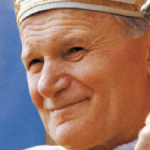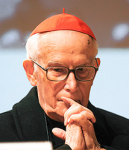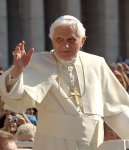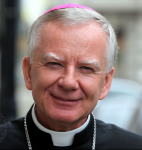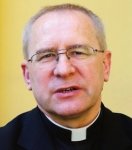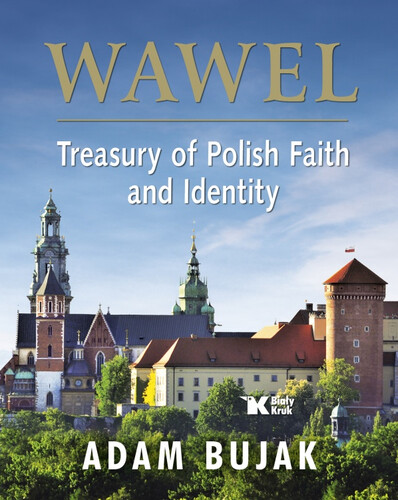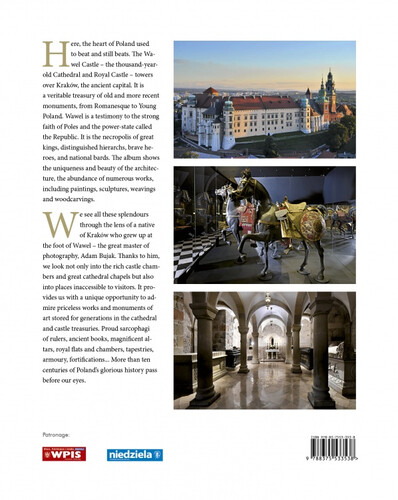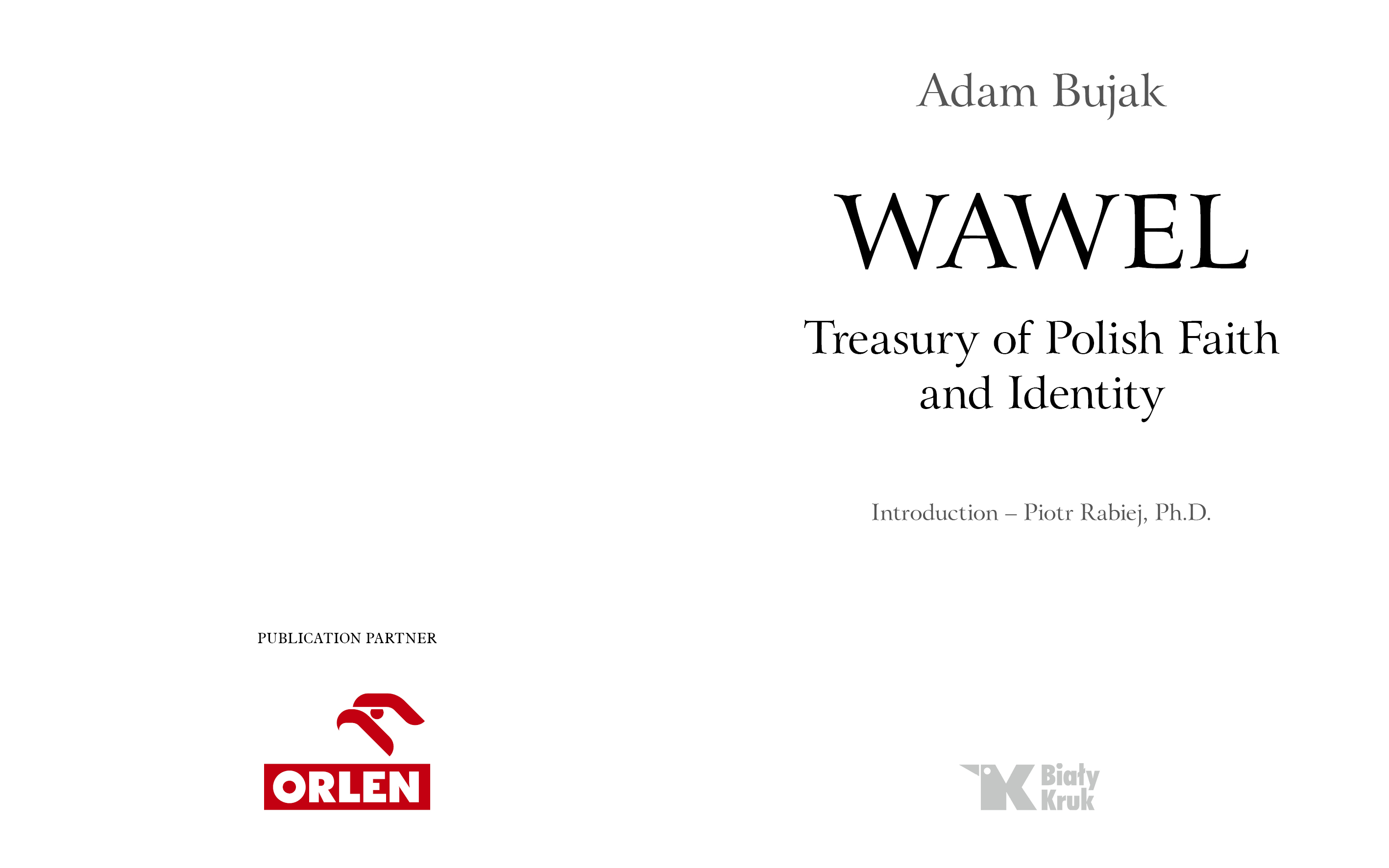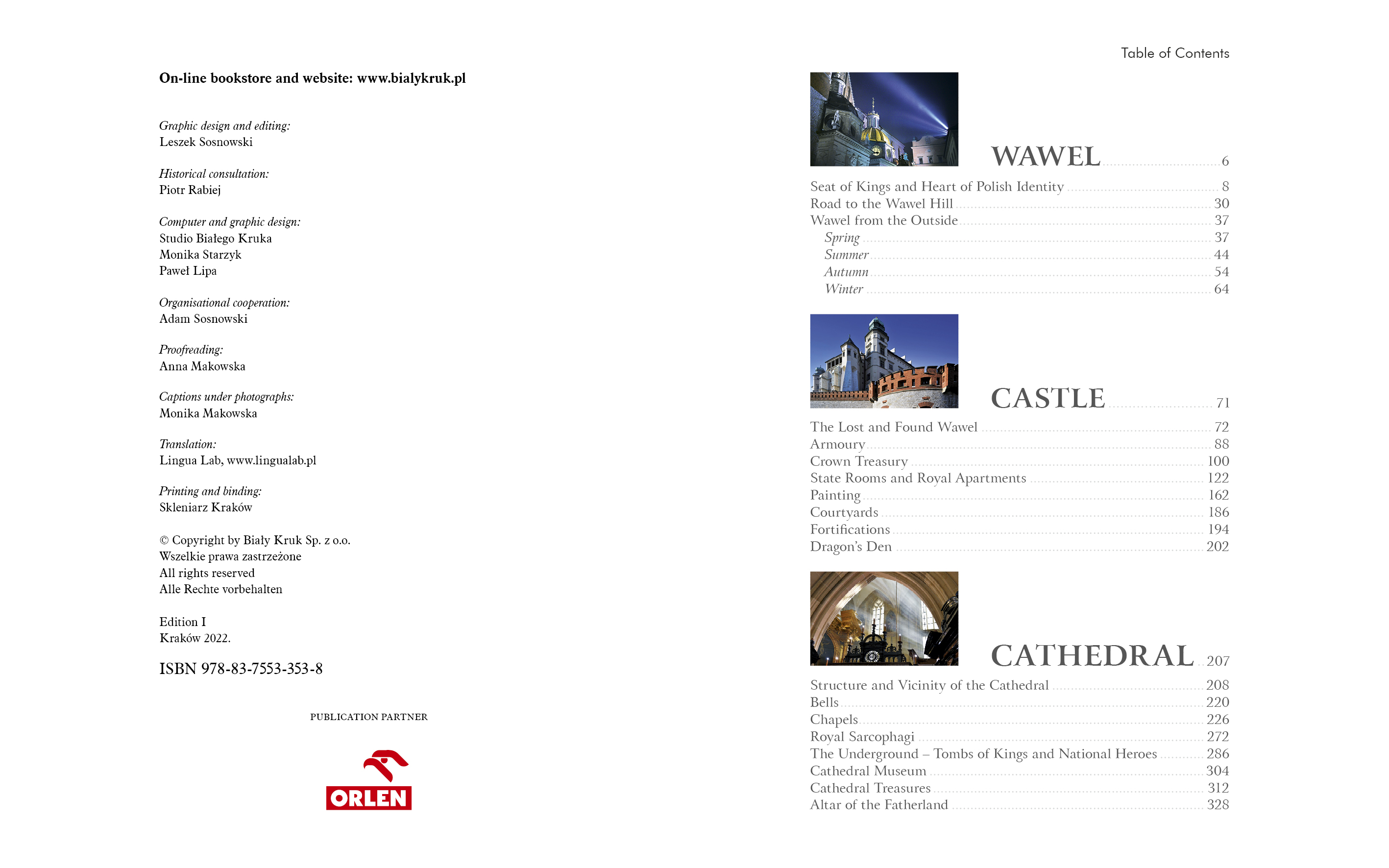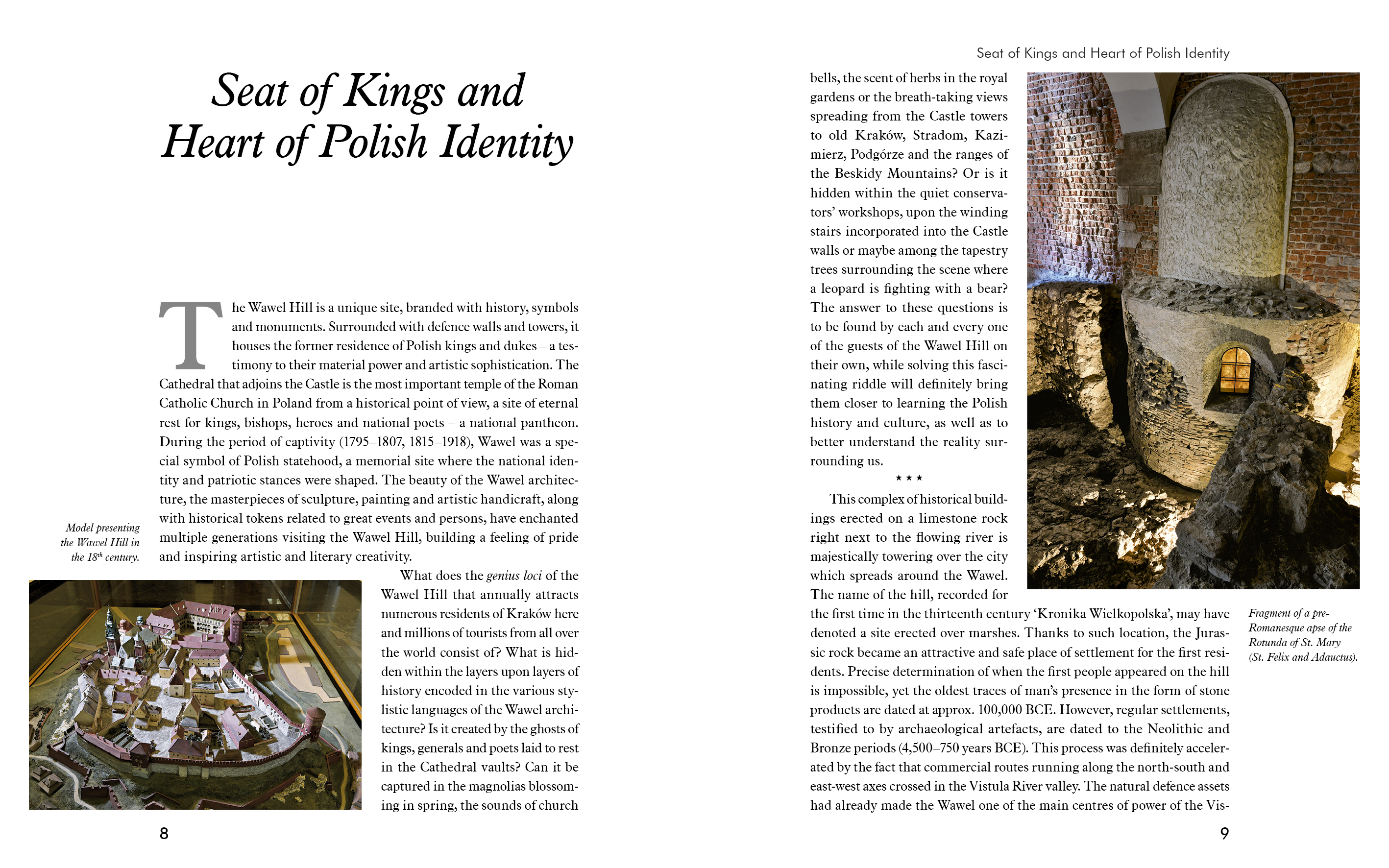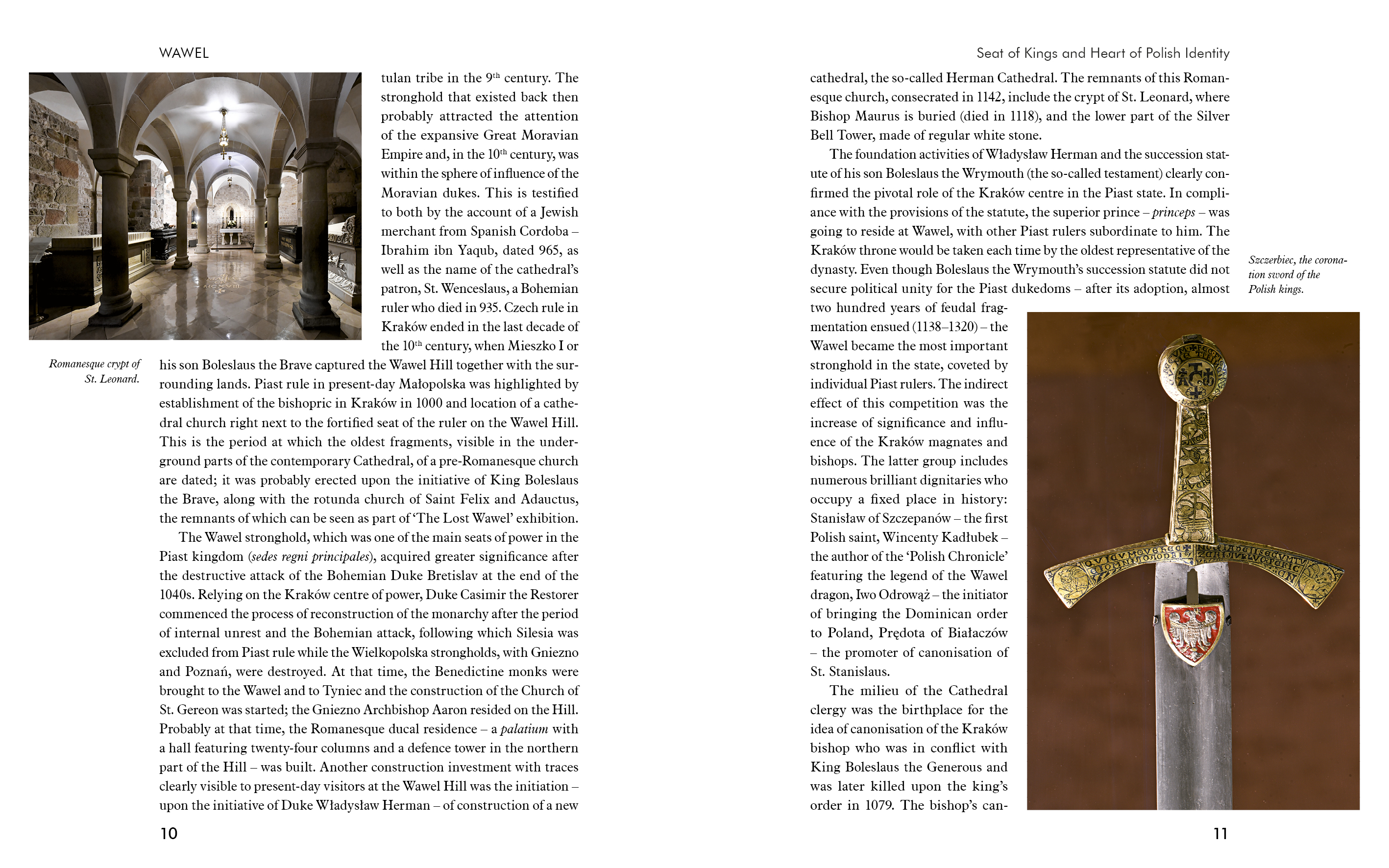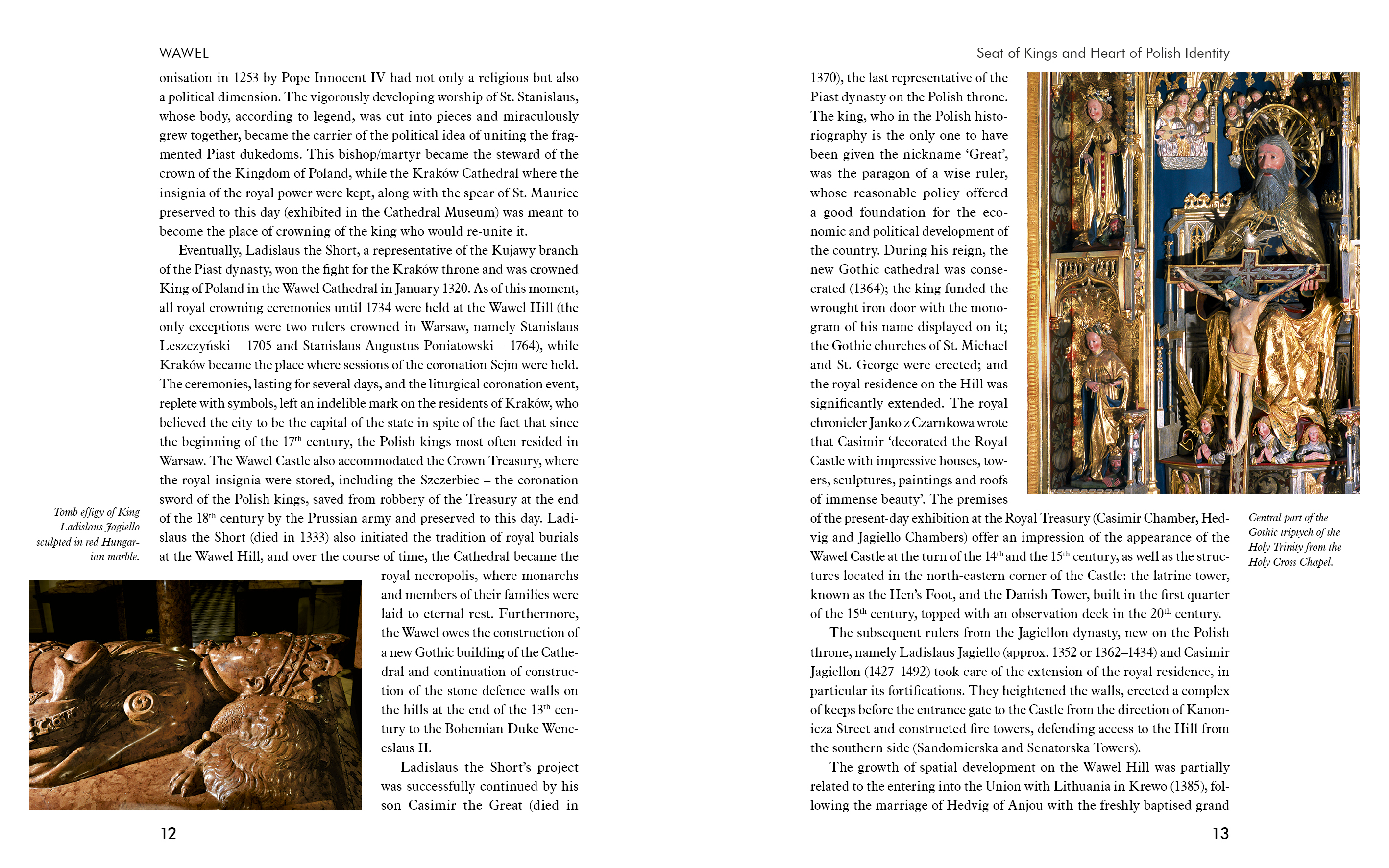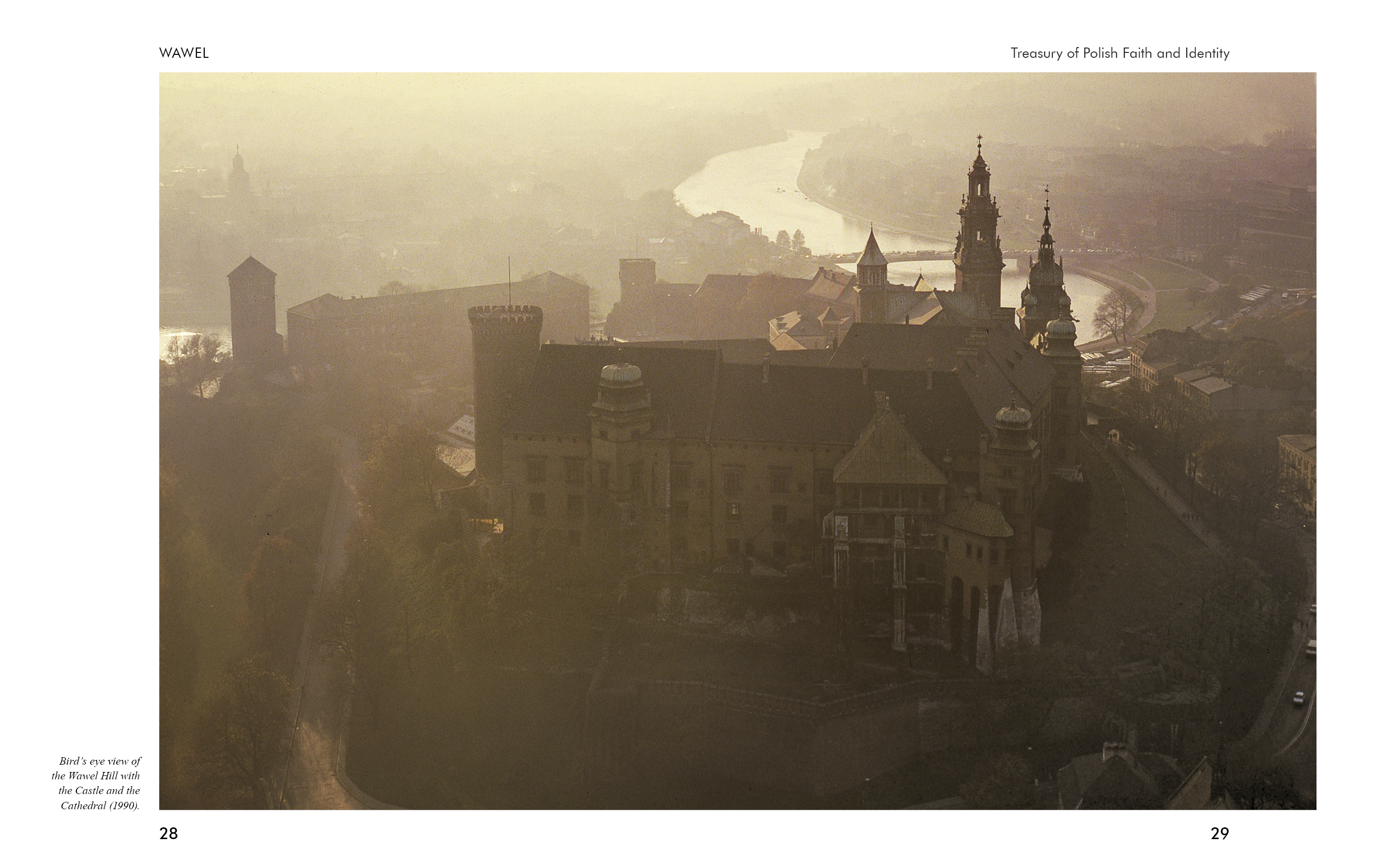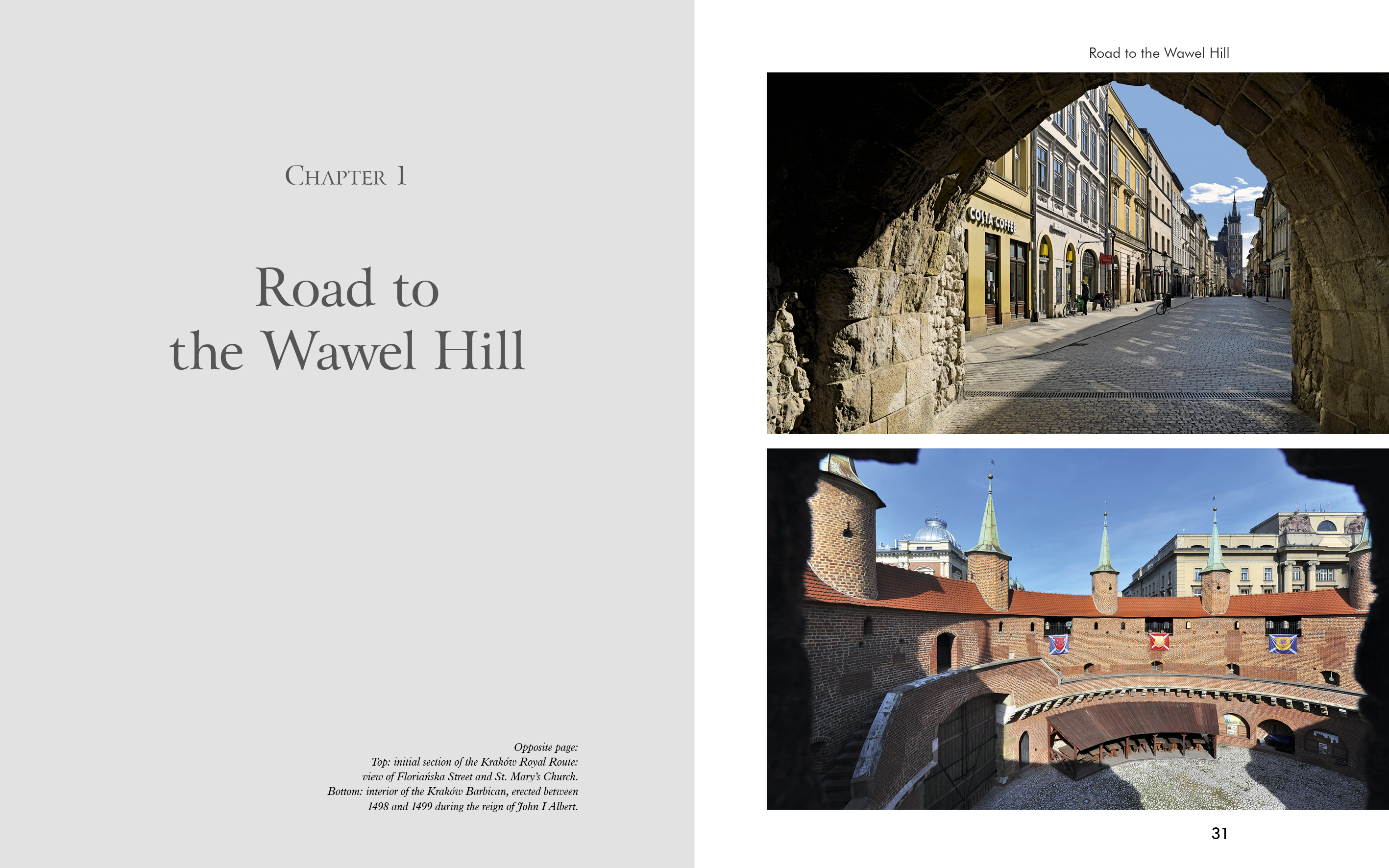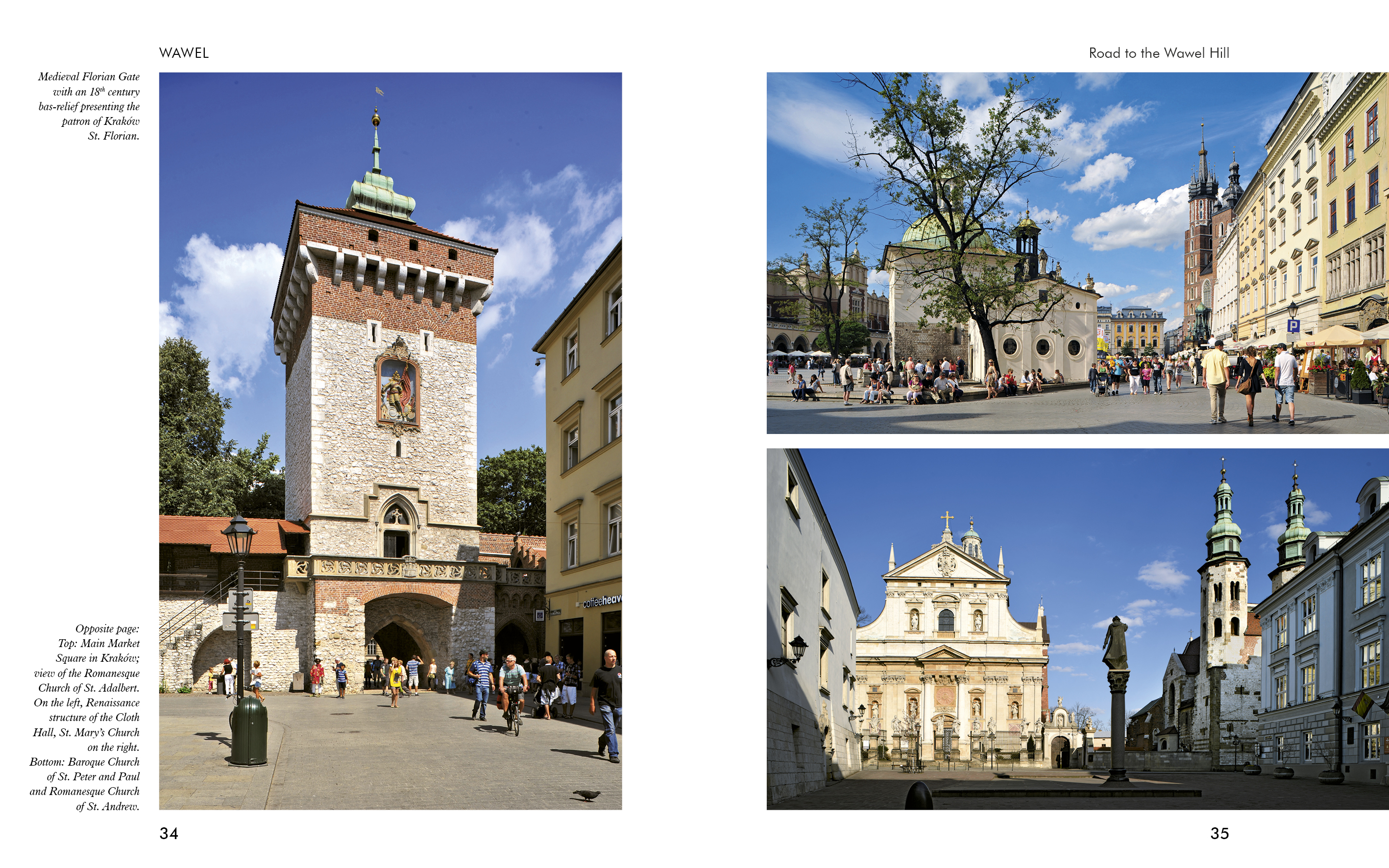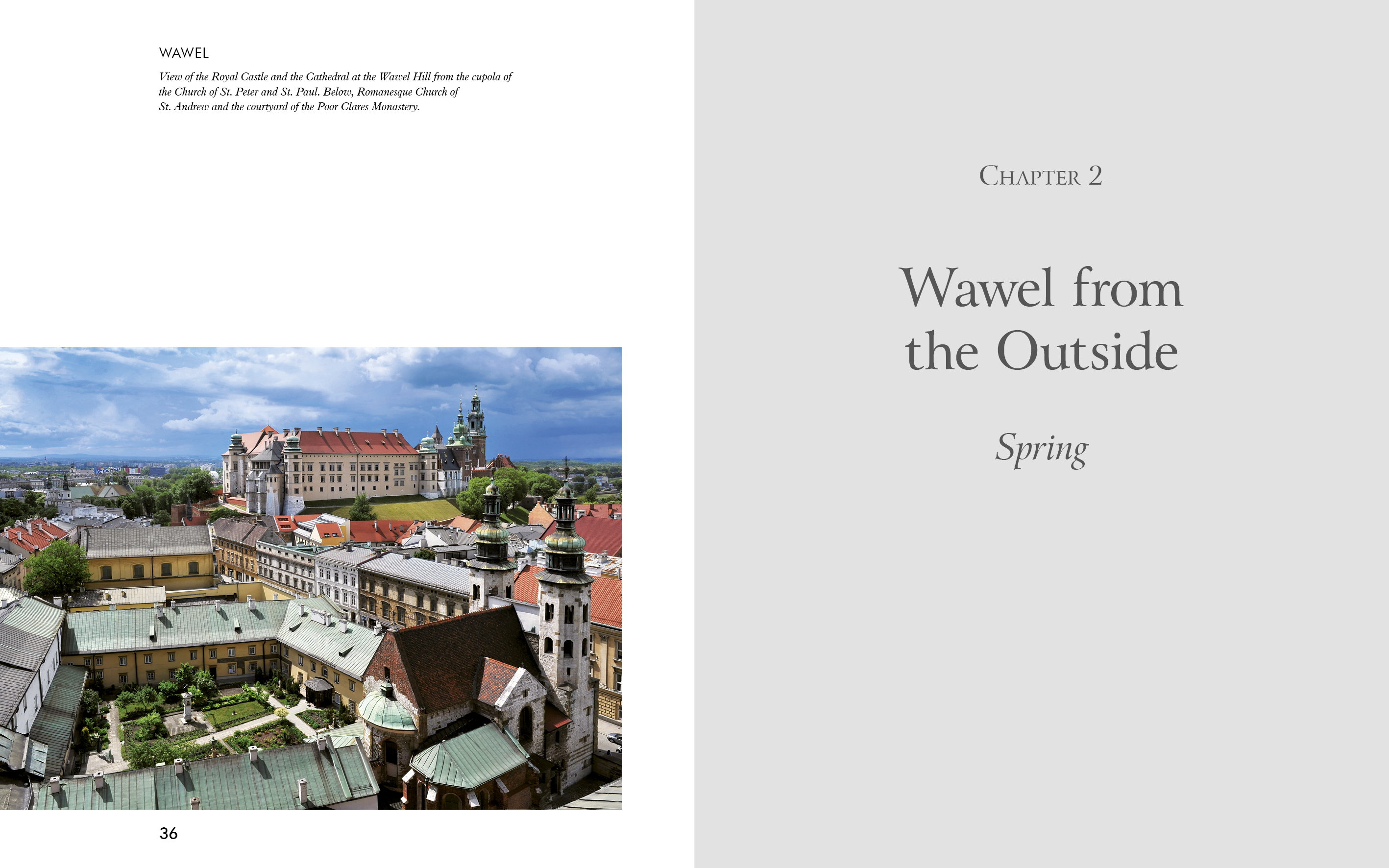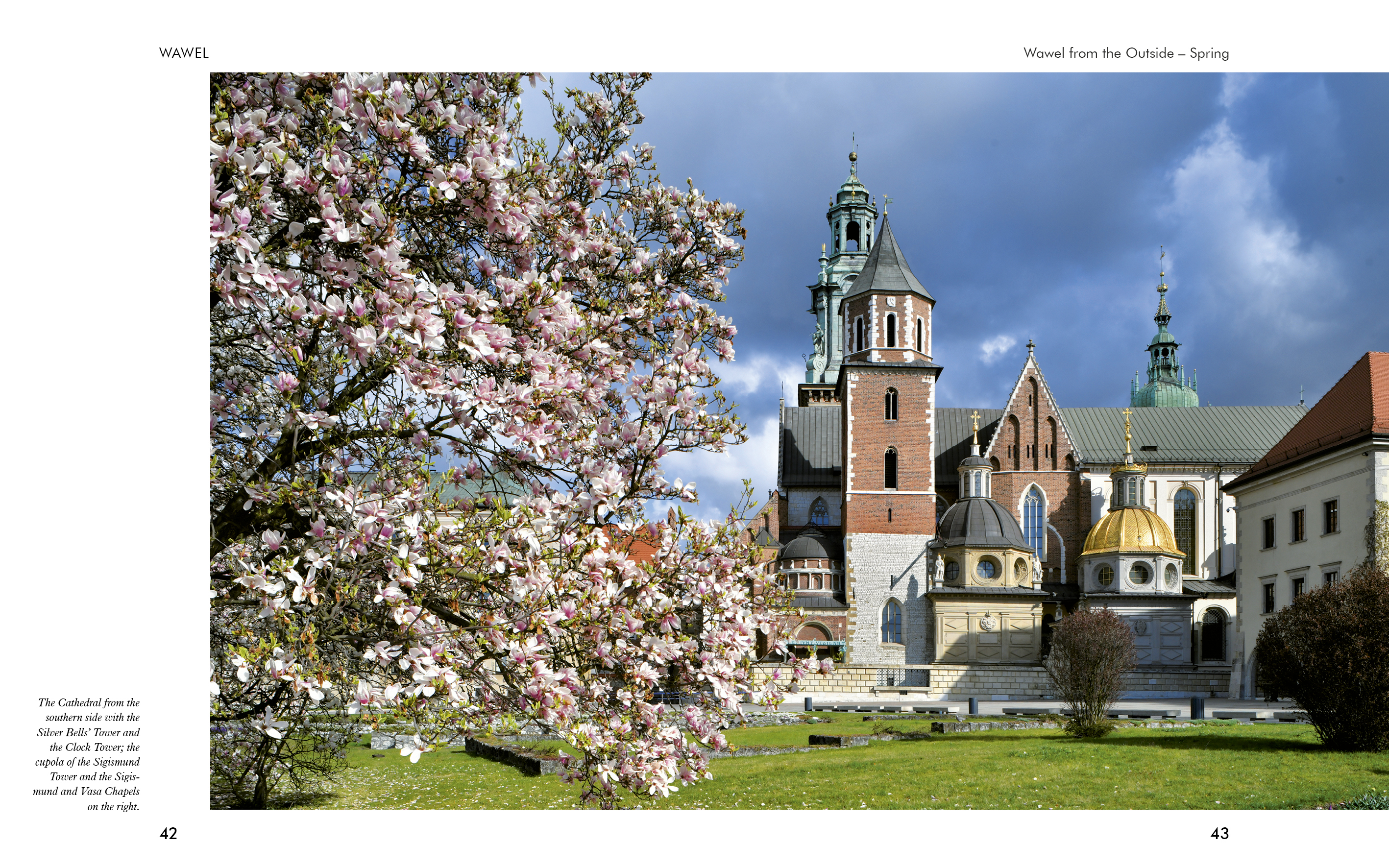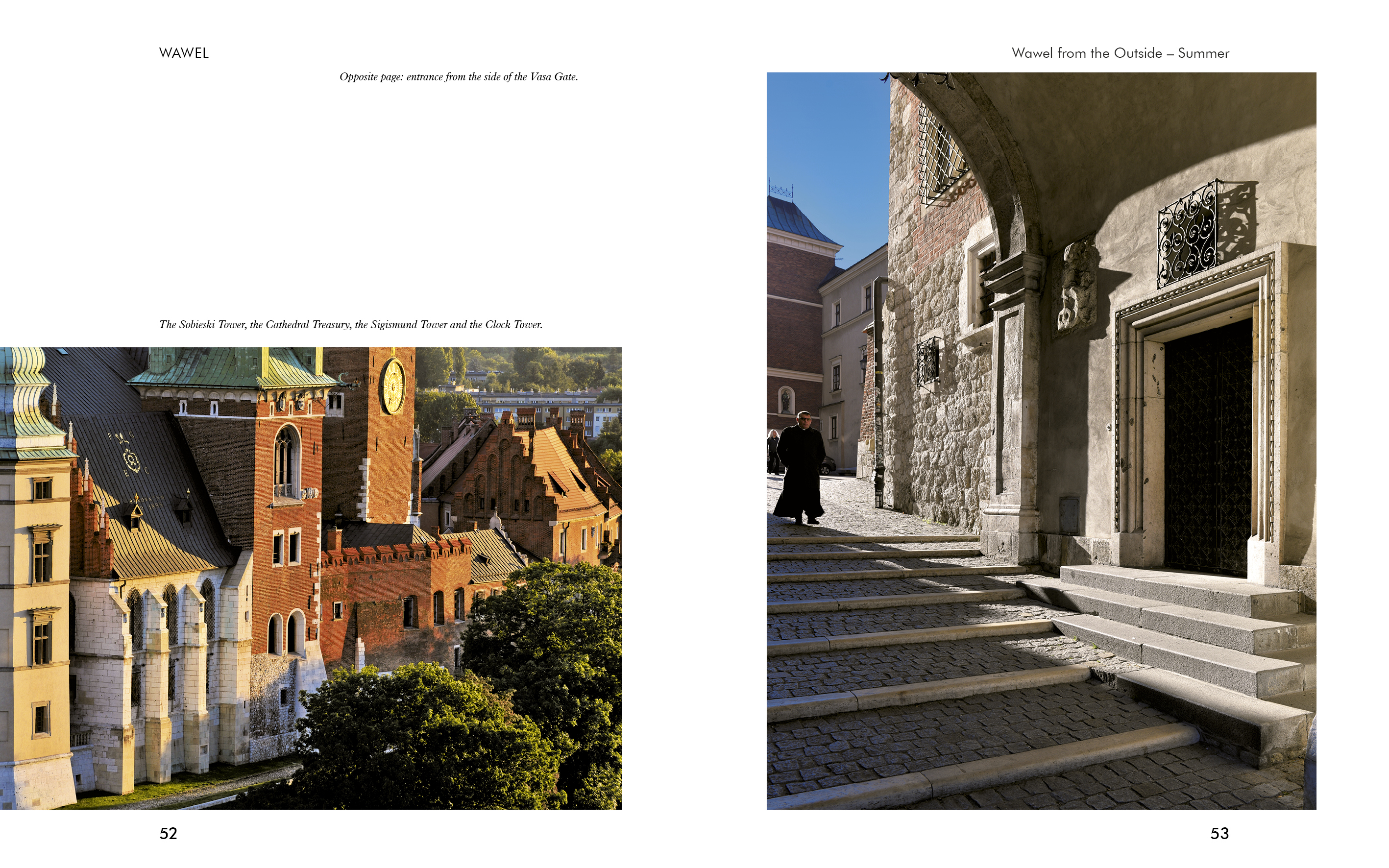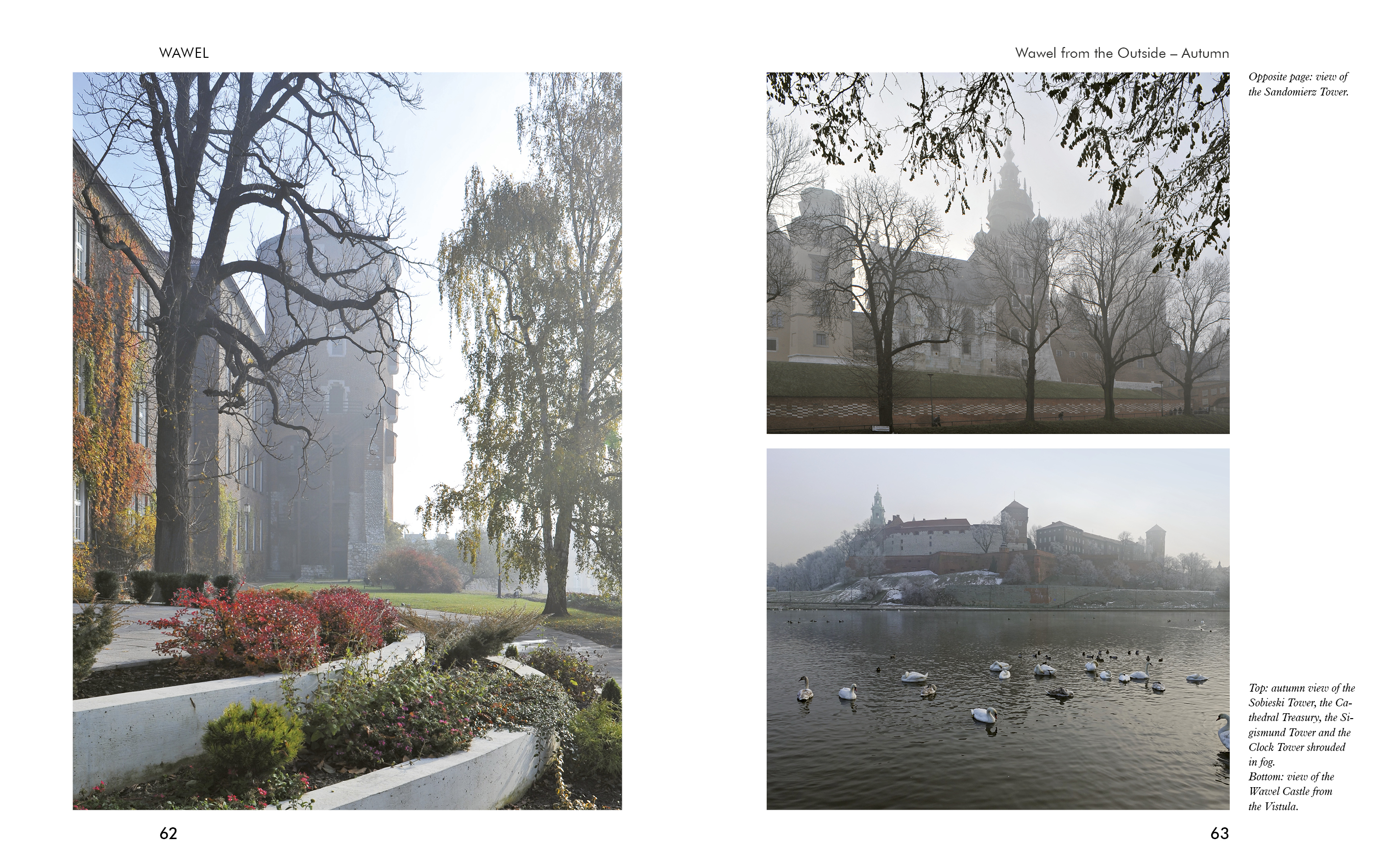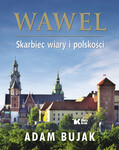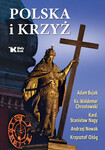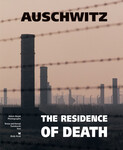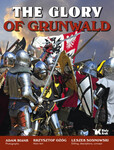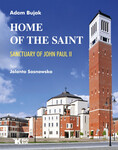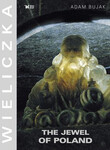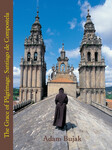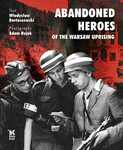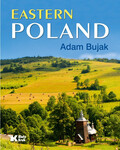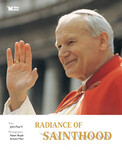Wawel. Skarbiec wiary i polskości (ang) // Wawel. Treasury of Polish Faith and Identity
| liczba stron: | 344 |
| obwoluta: | tak |
| format: | 24,0 cm x 30,0 cm |
| papier: | kreda matowa |
| oprawa: | twarda |
| data wydania: | 21.11.2022 |
| ISBN: | ISBN 978-83-7553-352-1 |
| EAN: | 9788375533521 |
 dodaj do przechowalni
dodaj do przechowalni
Here, the heart of Poland used to beat and still beats. The Wawel Castle – the thousand-year-old Cathedral and Royal Castle – towers over Kraków, the ancient capital. It is a veritable treasury of old and more recent monuments, from Romanesque to Young Poland. Wawel is a testimony to the strong faith of Poles and the power-state called the Republic. It is the necropolis of great kings, distinguished hierarchs, brave heroes, and national bards. The album shows the uniqueness and beauty of the architecture, the abundance of numerous works, including paintings, sculptures, weavings and woodcarvings.
We see all these splendours through the lens of a native of Kraków who grew up at the foot of Wawel – the great master of photography, Adam Bujak. Thanks to him, we look not only into the rich castle chambers and great cathedral chapels but also into places inaccessible to visitors. It provides us with a unique opportunity to admire priceless works and monuments of art stored for generations in the cathedral and castle treasuries. Proud sarcophagi of rulers, ancient books, magnificent altars, royal flats and chambers, tapestries, armoury, fortifications... More than ten centuries of Poland’s glorious history pass before our eyes.
|
WAWEL |
6 |
|
Seat of Kings and Heart of Polish Identity |
8 |
|
Road to the Wawel Hill |
30 |
|
Wawel from the Outside |
37 |
|
Spring |
37 |
|
Summer |
44 |
|
Autumn |
54 |
|
Winter |
64 |
|
CASTLE |
71 |
|
The Lost and Found Wawel |
72 |
|
Armoury |
88 |
|
Crown Treasury |
100 |
|
State Rooms and Royal Apartments |
122 |
|
Painting |
162 |
|
Courtyards |
186 |
|
Fortifications |
194 |
|
Dragon’s Den |
202 |
|
CATHEDRAL |
207 |
|
Structure and Vicinity of the Cathedral |
208 |
|
Bells |
220 |
|
Chapels |
226 |
|
Royal Sarcophagi |
272 |
|
The Underground – Tombs of Kings and National Heroes |
286 |
|
Cathedral Museum |
304 |
|
Cathedral Treasures |
312 |
|
Altar of the Fatherland |
328 |
Seat of Kings and Heart of Polish Identity
The Wawel Hill is a unique site, branded with history, symbols and monuments. Surrounded with defence walls and towers, it houses the former residence of Polish kings and dukes – a testimony to their material power and artistic sophistication. The Cathedral that adjoins the Castle is the most important temple of the Roman Catholic Church in Poland from a historical point of view, a site of eternal rest for kings, bishops, heroes and national poets – a national pantheon. During the period of captivity (1795–1807, 1815–1918), Wawel was a special symbol of Polish statehood, a memorial site where the national identity and patriotic stances were shaped. The beauty of the Wawel architecture, the masterpieces of sculpture, painting and artistic handicraft, along with historical tokens related to great events and persons, have enchanted multiple generations visiting the Wawel Hill, building a feeling of pride and inspiring artistic and literary creativity.
What does the genius loci of the Wawel Hill that annually attracts numerous residents of Kraków here and millions of tourists from all over the world consist of? What is hidden within the layers upon layers of history encoded in the various stylistic languages of the Wawel architecture? Is it created by the ghosts of kings, generals and poets laid to rest in the Cathedral vaults? Can it be captured in the magnolias blossoming in spring, the sounds of church bells, the scent of herbs in the royal gardens or the breath-taking views spreading from the Castle towers to old Kraków, Stradom, Kazimierz, Podgórze and the ranges of the Beskidy Mountains? Or is it hidden within the quiet conservators’ workshops, upon the winding stairs incorporated into the Castle walls or maybe among the tapestry trees surrounding the scene where a leopard is fighting with a bear? The answer to these questions is to be found by each and every one of the guests of the Wawel Hill on their own, while solving this fascinating riddle will definitely bring them closer to learning the Polish history and culture, as well as to better understand the reality surrounding us.
* * *
This complex of historical buildings erected on a limestone rock right next to the flowing river is majestically towering over the city which spreads around the Wawel. The name of the hill, recorded for the first time in the thirteenth century ‘Kronika Wielkopolska’, may have denoted a site erected over marshes. Thanks to such location, the Jurassic rock became an attractive and safe place of settlement for the first residents. Precise determination of when the first people appeared on the hill is impossible, yet the oldest traces of man’s presence in the form of stone products are dated at approx. 100,000 BCE. However, regular settlements, testified to by archaeological artefacts, are dated to the Neolithic and Bronze periods (4,500–750 years BCE). This process was definitely accelerated by the fact that commercial routes running along the north-south and east-west axes crossed in the Vistula River valley. The natural defence assets had already made the Wawel one of the main centres of power of the Vistulan tribe in the 9th century. The stronghold that existed back then probably attracted the attention of the expansive Great Moravian Empire and, in the 10th century, was within the sphere of influence of the Moravian dukes. This is testified to both by the account of a Jewish merchant from Spanish Cordoba – Ibrahim ibn Yaqub, dated 965, as well as the name of the cathedral’s patron, St. Wenceslaus, a Bohemian ruler who died in 935. Czech rule in Kraków ended in the last decade of the 10th century, when Mieszko I or his son Boleslaus the Brave captured the Wawel Hill together with the surrounding lands. Piast rule in present-day Małopolska was highlighted by establishment of the bishopric in Kraków in 1000 and location of a cathedral church right next to the fortified seat of the ruler on the Wawel Hill. This is the period at which the oldest fragments, visible in the underground parts of the contemporary Cathedral, of a pre-Romanesque church are dated; it was probably erected upon the initiative of King Boleslaus the Brave, along with the rotunda church of Saint Felix and Adauctus, the remnants of which can be seen as part of ‘The Lost Wawel’ exhibition.
The Wawel stronghold, which was one of the main seats of power in the Piast kingdom (sedes regni principales), acquired greater significance after the destructive attack of the Bohemian Duke Bretislav at the end of the 1040s. Relying on the Kraków centre of power, Duke Casimir the Restorer commenced the process of reconstruction of the monarchy after the period of internal unrest and the Bohemian attack, following which Silesia was excluded from Piast rule while the Wielkopolska strongholds, with Gniezno and Poznań, were destroyed. At that time, the Benedictine monks were brought to the Wawel and to Tyniec and the construction of the Church of St. Gereon was started; the Gniezno Archbishop Aaron resided on the Hill. Probably at that time, the Romanesque ducal residence – a palatium with a hall featuring twenty-four columns and a defence tower in the northern part of the Hill – was built. Another construction investment with traces clearly visible to present-day visitors at the Wawel Hill was the initiation – upon the initiative of Duke Władysław Herman – of construction of a new cathedral, the so-called Herman Cathedral. The remnants of this Romanesque church, consecrated in 1142, include the crypt of St. Leonard, where Bishop Maurus is buried (died in 1118), and the lower part of the Silver Bell Tower, made of regular white stone.


